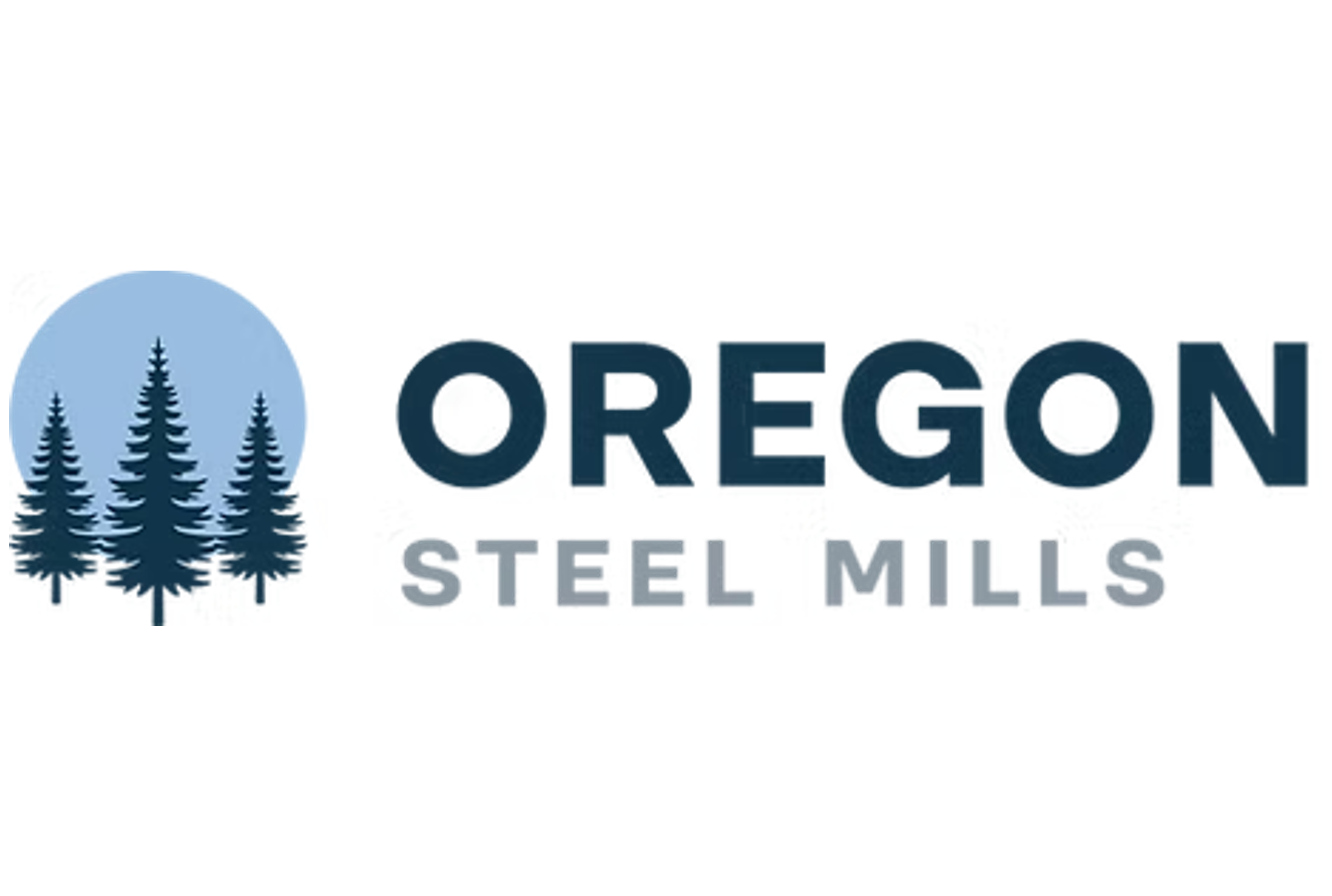Analysis

August 12, 2025
Final Thoughts
Written by David Schollaert
Yesterday’s tragedy and loss of life at U.S. Steel’s Clairton Works is a stark reminder of how important safety in the workplace really is.
“The work we do is important and often challenging, but it should never, under any circumstances, come at the expense of safety,” said David Burritt, president and CEO of U.S. Steel, in a statement on the incident at Clairton Works.
So while we often minimize and scoff when mill, service center, and manufacturing CEOs celebrate and tout safety records, it’s days like these that re-center us to note safety records are indeed something worth celebrating.
Our hearts go out to all impacted by this tragedy. Our thoughts and prayers are with U.S Steel and with the Clairton Works community at large.
Not long ago, I lived just seven miles from Clairton Works, in Jefferson Hills, Pa. While I didn’t grow up in Western Pennsylvania, I have some deep ties to the region. My grandfather worked at Pittsburgh Steel’s Allenport Works for nearly four decades before retiring in 1983.
Not to mention my two boys were born in Pittsburgh. Shout out to amazing doctors, nurses, and staff at St. Clair Hospital and UPMC Magee-Womens Hospital.
I also have friends and family acquaintances who work at Clairton Works—the largest coking operation in North America—and who were on-site when the blast shook the mill and parts of the Mon Valley.
Much has changed
While accidents are rare in our industry, that’s not how it always was.
Safe man(woman)-hours of the past pale in comparison to some of the robust safety records we see today. And that could be argued is largely due to the modernization the steel industry has undertaken over the past 40-plus years.
Technological advancements have made production more efficient, and several jobs have been replaced in favor of automation. Since 1960, American steel mills have decreased from an average of 700,000 workers to just 83,000.
And within the last 40 years, the productivity of labor has increased more than five times from approximately 10 man-hours per finished ton to under two.
The picture in hand
Back to Clairton Works. Here’s what we know.
Clairton’s coke-making capacity is estimated at ~3.6 million short tons (st) per year and primarily serves U.S. Steel’s flat-rolled operations at Mon Valley Works and Gary Works, according to the steelmaker.
The explosion reportedly occurred in coke batteries No. 13 and No. 14, smaller batteries at the mill. They account for roughly 22%, or just under 1 million st per year of Clairton’s capacity, and just about 6.5% of domestic US capacity.
Those batteries, of course, are now shut down. The other batteries reportedly continue to operate.
A strong coke position
U.S. Steel can produce about 10.4 million st of crude steel per year—2.9 million st at Mon Valley and 7.5 million st at Gary. At full run rate, it would need around 3.1 million st of coke annually. At 3.6 million st of coking capacity, more than enough.
It also holds a contract for 650,000 st of coke per year from SunCoke at Granite City in Illinois. That puts U.S. Steel effectively long on coke.
A peek in the review mirror
While no two incidents are created equal, past events offer context. Roughly six years ago, a fire at Clairton hit the plant’s desulfurization unit. Repairs were finished early, and the plant was back online ahead of schedule.
During the downtime, coke output slowed to minimize environmental harm. U.S. Steel offset this by boosting the natural gas charge in furnaces and applying other fixes to keep operations steady.
How it all shakes out
As you know, SMU doesn’t forecast, and if I’m honest, I don’t know how this will all shake out. At this point it’s all speculation, and your guess is as good as mine.
This situation is evolving. And the explosion, though a tragedy with loss of life, which will undoubtedly impact the Clairton community and greater steel community at large — is unlikely to reduce domestic steel supply.
Yesterday’s events directly impact Clairton’s coke capacity. But there’s ample spot availability of domestic coke capacity. Not to mention, U.S. Steel could pursue other avenues in partial coke substitutes.
And there are unconfirmed reports that U.S. Steel has notified customers that there will be no impact from the incident. This, of course, assures contract customers, but could mean potentially less spot availability.
I suspect there could be some short-term issues. Maybe a price floor is set slightly higher than where it would have been in the current down move. But any concerns will likely clear up quickly.
Also, let’s not forget that U.S. Steel is now part of the third-largest steelmaker in the world. Japan’s Nippon Steel has plenty of coke that it could shift to the US. I suspect market sentiment and psyche will be impacted more than steel supply itself.
What about you? What do you think? Let me know, and hit me up at david@steelmarketupdate.com.
SMU Steel Summit
Just about 1,400 people from over 600 companies have already registered to attend. Thanks to many of you, we’re on track to have another great SMU Steel Summit on Aug. 25-27 at the Georgia International Convention Center (GICC) in Atlanta.
With less than two weeks until the event kicks off, there is still plenty of time to get approvals, make travel plans, and register—which you can do here—but you’re cutting it close.
A special thank you from all of us at SMU for your continued business—we truly appreciate it.







